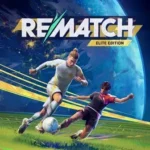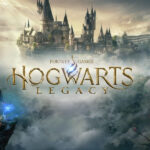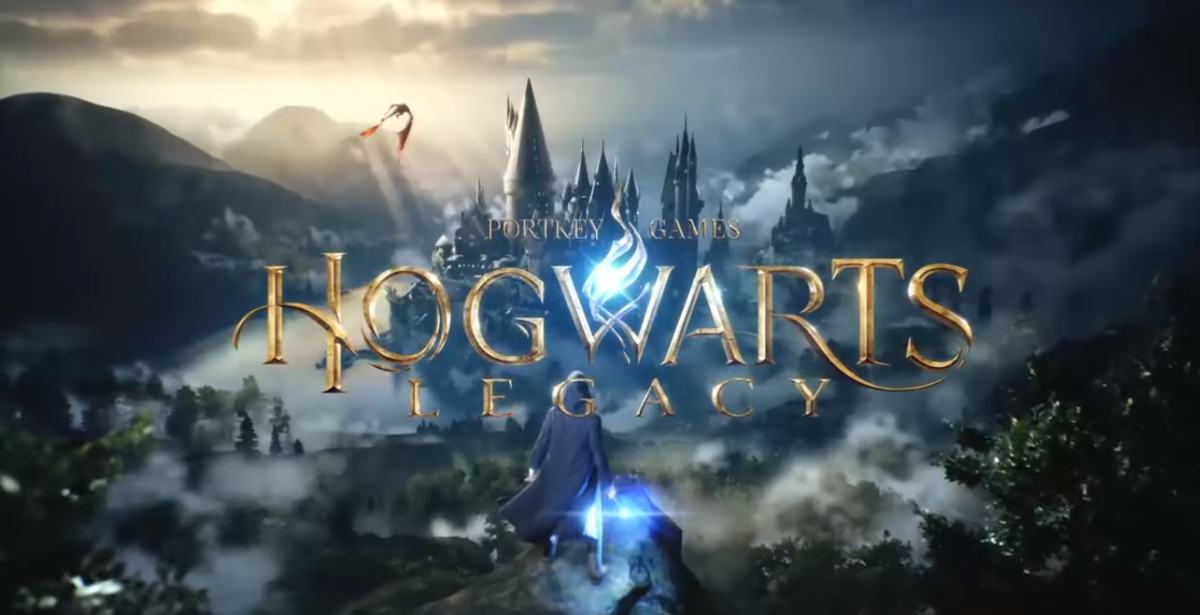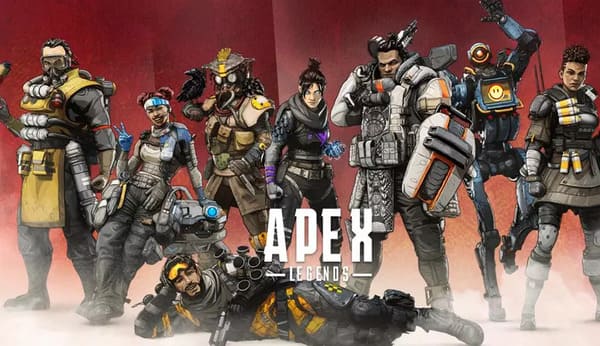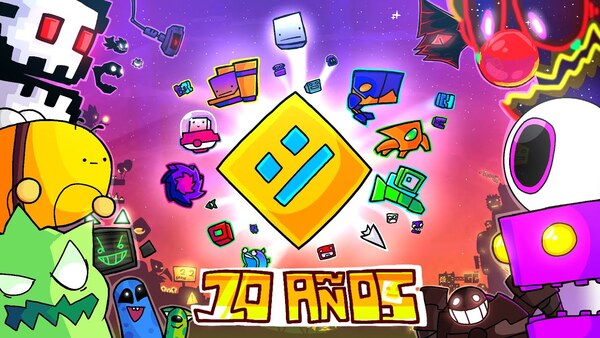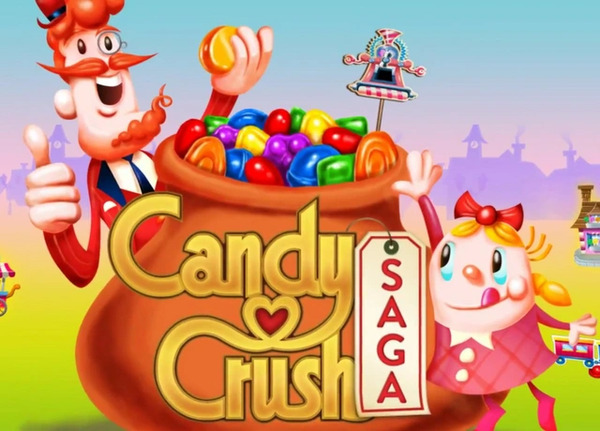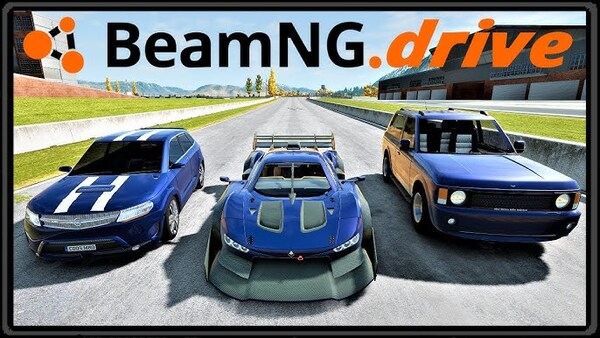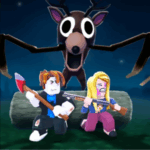Candy Crush Saga – The Sweetest Puzzle Game That Took the World by Storm
1. Introduction to Candy Crush Saga
Candy Crush Saga is a legendary match-3 puzzle game developed by King, first released on Facebook in 2012 and later expanded to mobile platforms. With its vibrant candy-themed design, addictive mechanics, and ever-growing levels, it quickly became one of the most popular and iconic mobile games of all time.
At its core, the game asks players to match three or more candies of the same color to clear them from the board. But beyond that simple premise lies a world of strategic planning, boosters, obstacles, and evolving challenges. Candy Crush isn’t just a game—it’s a phenomenon, with billions of downloads and a loyal fan base.
2. The Origins and Rise of Candy Crush Saga
Candy Crush was born during the early boom of social gaming on Facebook. King, a relatively unknown studio at the time, created the game as part of a series of experimental puzzle titles. But it was Candy Crush that captured lightning in a bottle.
By 2013, Candy Crush Saga was one of the most downloaded apps globally, topping both the iOS and Android charts. It seamlessly combined social elements (like life sharing) with short but satisfying gameplay loops, making it easy to pick up and hard to put down.
3. Core Gameplay Mechanics
The main objective in Candy Crush Saga is to complete the level’s goals within a limited number of moves. These goals may include:
-
Clearing a certain number of jelly tiles
-
Reaching a specific score
-
Collecting specific candy combinations
-
Dropping ingredients to the bottom of the board
Special Candies:
Matching more than three candies creates special candies:
-
Striped Candy – Clears a full row or column
-
Wrapped Candy – Explodes twice to clear surrounding blocks
-
Color Bomb – Removes all candies of a chosen color
-
Fish Candy – Targets hard-to-reach tiles like jelly
Combining special candies creates even more powerful effects, allowing for strategic planning and big combos.
4. Level Progression and Design
Candy Crush Saga offers thousands of levels (over 15,000 as of 2025), with new ones added every week. Levels are grouped into colorful "episodes," each with a unique theme.
Key Features:
-
Gradually increasing difficulty
-
Introduction of new obstacles like licorice, chocolate, and bombs
-
Time-limited challenges and events
-
Occasional boss levels with unique mechanics
Each level is crafted to encourage experimentation, patience, and clever move sequencing.
5. Boosters and Power-Ups
As players advance, they unlock and earn boosters to help overcome difficult stages.
Common Boosters:
-
Lollipop Hammer – Smashes any single tile
-
Free Switch – Swaps two candies without using a move
-
Color Bomb Start – Begins the level with a Color Bomb
-
Striped & Wrapped Start – Starts with two special candies on the board
Boosters can be earned, purchased, or gifted, and mastering their use is key to beating higher levels.
6. Events, Lives, and In-Game Economy
Candy Crush is known for its life system, where each failed level costs a heart. Lives regenerate over time or can be received from friends.
In-Game Elements:
-
Gold Bars – Premium currency used to buy lives and boosters
-
Timed Events – Reward boosters or unlimited lives
-
Seasonal Challenges – Time-limited competitions offering special prizes
-
Leaderboard Modes – Compete with friends and global players
The game gently nudges players toward microtransactions, but it’s entirely playable for free with patience and skill.
7. Visuals and Audio Design
Candy Crush Saga’s visuals are bright, colorful, and inviting. The candy-themed aesthetic, combined with charming animations, keeps players visually engaged.
Audio Features:
-
Catchy background music that reinforces the upbeat tone
-
Satisfying sound effects for matches and combos
-
Voiced feedback like “Delicious!” and “Tasty!” to celebrate progress
This cheerful audiovisual feedback loop is part of what makes Candy Crush so addictive.
8. Social and Community Integration
One of the game’s early innovations was integrating social features directly into the gameplay.
Key Social Functions:
-
Sending/receiving lives from Facebook friends
-
Competing for high scores in each level
-
Participating in weekly rankings and group challenges
-
Sharing achievements and milestones
These features created a friendly sense of competition and cooperation, extending play sessions and increasing engagement.
9. Cultural Impact and Longevity
Candy Crush Saga isn’t just a game—it’s a cultural milestone in mobile gaming. It paved the way for free-to-play success stories and proved that casual puzzle games could achieve mainstream dominance.
Major Achievements:
-
Over 3 billion downloads worldwide
-
Regularly ranked in the top-grossing mobile games globally
-
Spawned several spinoffs like Candy Crush Soda Saga, Jelly Saga, and Friends Saga
Candy Crush has even appeared in pop culture references, TV shows, and memes—cementing its status as a mobile legend.
10. Future of Candy Crush Saga
Even in 2025, Candy Crush Saga shows no signs of slowing down. With continuous updates, community events, and seasonal content, King keeps the game fresh for long-time fans and new players alike.
What to Expect:
-
More levels every week
-
Seasonal content (e.g., Halloween, Christmas themes)
-
Cross-platform sync for progress
-
Deeper community engagement and tournaments
Candy Crush continues to evolve while keeping its core identity intact: simple, sweet, and satisfying.
Final Verdict: A Classic That Still Shines
Candy Crush Saga remains one of the most successful mobile games ever—and for good reason. It delivers quick, satisfying puzzle gameplay, wrapped in a candy-coated world full of charm and challenge. Whether you play for 5 minutes or 5 hours, Candy Crush is always ready to offer that "just one more level" feeling.
It’s more than a casual game—it’s a global pastime, and even after a decade, it continues to attract millions of players every day.






